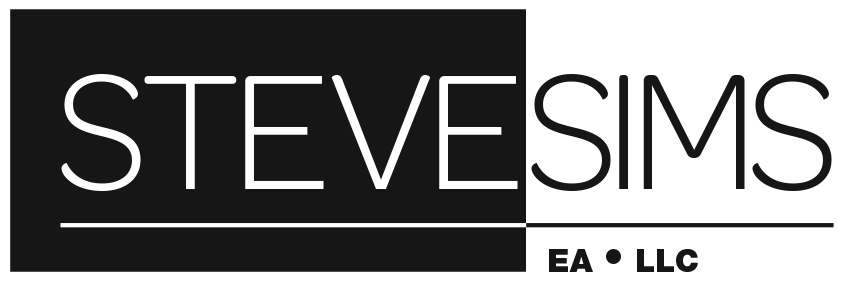How to apply K-1 Withholding Credits when generated by a CA pass through entity.
Source: CA Franchise Tax Board Tax News August 2019
If you prepare Schedule K-1 and there is a withholding credit, below are some items you may need to consider. The amount withheld should be allowed to the recipient of the income as a credit against the tax associated with that income for the taxable year. This means the withholding credit follows with the related income.
If you or your client is a trust, verify if the income distribution deduction on line 18 of California Form 541, California Fiduciary Income Tax Return, is related to a withholding credit. If the income related to the withholding credit is included and distributed, then the related withholding credit must also be distributed. The withholding credit is reported on both the Schedule K-1 and Form 592, Resident and Nonresident Withholding Statement.
To allocate the withholding to the beneficiary, the trust completes Form 592. Form 592 provides us with the information we need to apply the withholding credit to the beneficiary account. At the same time, the trust provides California Form 592-B, Resident and Nonresident Withholding Tax Statement, to the beneficiary. Form 592-B is used to report to the beneficiary the amount of income and withholding credit allocated by the trust (as reported by the trust on Form 592). When the beneficiary files an income tax return, the beneficiary should attach Form 592-B to the income tax return to claim the withholding.
If the payee is a grantor trust, Form 592-B should have the name and SSN or ITIN of the grantor that is required to file a tax return and report the income. If the payee is a non-grantor trust, Form 592-B should have the name of the trust and the trusts FEIN.
If you or your client is a pass-through entity and had money withheld and remitted to us by another entity, then the pass-through entity can claim a portion (not to exceed the total tax and fee due) of the withholding credit on their tax return and must allocate the remaining credit to its pass-through owners. If there is no tax due or the pass-through entity chooses not to claim a portion on their tax return, then the entity must allocate the entire withholding credit to its pass-through owners.
Here are a few additional tips and reminders to help you complete Form 592 and Form 592-B:
For instructions and more information on how to complete Form 592 and Form 592-B go to ftb.ca.gov.
The year of the tax form(s) and the year of the withholding must be the same.
When the credit is being allocated from another entity, enter the trust or pass-through entity information as the withholding agent. Even though the trust or pass-through entity did not withhold, the trust or pass-through entity has a withholding credit that must be allocated to its beneficiaries or pass-through owners. Enter the beneficiary or pass-through owner information as the payee.
Complete Form 592-B with the beneficiary or pass-through owner information as the payee in Part II. Enter the amount of income and withholding credit allocated in Part IV.
For questions, suggestions, or comments, visit our Contact Us page
Click here for more information:
https://www.ftb.ca.gov/about-ftb/newsroom/tax-news/august-2019/schedule-k-1-and-withholding.html
